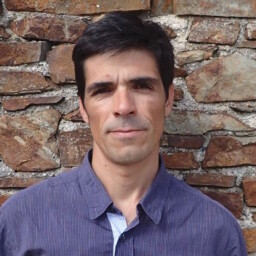IGI involved in forensic petroleum geochemistry research
IGI’s Marianne Nuzzo is a co-author on a groundbreaking study led by Dr.

Seep biogeochemistry & organic geochemistry

Senior Petroleum Geochemist / Basin Modeller
4 - 7 of May 2025 - to present the latest results on our Petroleum Systems Modelling (PSM) study for the MSGBC Basin.
A joint effort between TGS and IGI integrates the results from an extensive multibeam and seafloor sampling campaign with a regional seismic data set. Where the sampling campaign has been underestimated in its application for frontier exploration de-risking, this integrated analysis explores tectonic scenarios and new concepts for the thermal history of the margin. A primary goal of this study is to put constraints on the extent of the kitchen areas for the Late Jurassic-Mid Cretaceous source rocks, particularly in the deep offshore, using the campaign's additional data for a more robust calibration.
the First EAGE Atlantic Geoscience Resource Exploration and Development Symposium – Marrakech
IGI’s Marianne Nuzzo is a co-author on a groundbreaking study led by Dr.

Seep biogeochemistry & organic geochemistry
By Paul Farrimond
Oleanane is present in only some oils and source rocks. It occurs as two isomers – 18α(H) and 18b(H) – and is typically found as a doublet peak in the m/z 191 mass chromatogram eluting just before the C30 αb hopane.

Director & Technical Advisor
The paper, in collaboration with @ Petrostrat and @ Geocosm , is entitled: “Under pressure: using basin models to help predict reservoir quality in the Garn Formation in the Norwegian Sea”
Focussing on the Middle Jurassic Garn Fm.

Consultancy Manager, Senior Geochemist & Basin Modeller